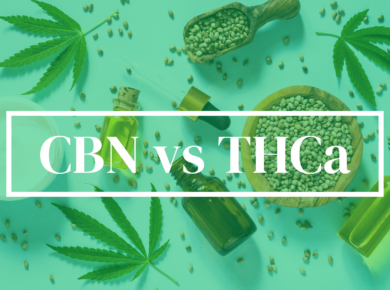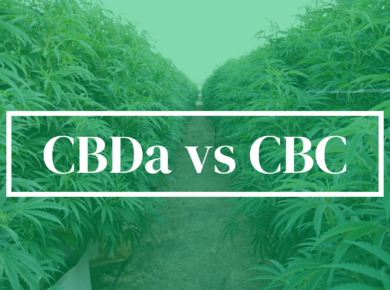The primary reason hemp farmers have crops with more than 0.3% THC is that the hemp seeds are flawed. Farmers fail because of bad genetics not because of bad farming practices. The seed vendors are at fault not the farmers.
The first and most important rule is “Know Your Seed Vendor”. Farmers are at a disadvantage because not only are the various hemp cultivars new and unknown to them most states don’t have a certified seed list. Farmers are on their own and there’s no shortage of questionable seed vendors.
There are so many reputable seed farmers growing high quality hemp genetics. Unfortunately there aren’t enough honest seed farmers to supply the thousands of hemp farmers. Rule #1: don’t put all your eggs in one basket. Buy seeds from more than one source. Which brings up Rule #2. Plant more than one cultivar. Lower your risk of failure and increase your chance of success by planting multiple cultivars. I don’t mean 3 or 4 Cherry Wine’s but a handful of truly unique cultivars. See which ones grow best on your farm and which ones buyers want to purchase. Those the ones you should focus on. Do you have problems with disease or insects? Avoid monoculture for a start. Choose cultivars with widely different flower times to stagger your harvest workload. There’s more to evaluating hemp seeds than the CBD levels and the price.
Feminized or regular seeds? There are pluses and minus to each with no clear cut winner for everyone. If you’re growing for CBD extraction feminized seeds are appealing but are they worth the extra cost given the falling price for CBD biomass? Besides, feminized seeds aren’t perfect. Don’t assume all of your plants will be females. Even if they are don’t be lulled into a false sense of security. Why? Some may go hermaphroditic and spread pollen anyway.

The hemp seed market is full of cheap no name damn near throwaway seeds. Are they worth anything at all? You can plant them for fiber. Plant ‘em close, harvest ‘em early, dry ‘em and store ‘em til the market catches up. Don’t bother with the CBD market. Grow hemp in big pots, prune them throughout the summer and sell them as Christmas tree replacements. Sustainable, organic and it supports local farmers while making a statement all at the same time.
Cherry Wine isn’t for everyone, farmers, processors or end users.. Talk to your neighbors about what cultivars did and didn’t work for them. Talk to seed venders and seek their recommendations for your specific soil and weather conditions. Try samples of multiple cultivars to determine what genetics works for your terroir. Keep written notes and share with other local hemp farmers.
At some point you might want to start breeding yourself. If there’s a cultivar you really like, grow it out, select the individual plants with the traits you desire and inbreed them. Or take the best from two different cultivars and cross breed them. This whole process may be new to conventional farmers used to buying seeds from a large company’s catalog. Be patient, take records of what you do and be prepared to make mistakes and/or have things go awry. When done right without shortcuts or compromises breeding can take years. Patience and dedication are required. Dumb luck is overrated.
Hemp, it all begins with the plant. Modern hemp genetics is new. Things will settle down as cultivars are developed for different industries and different growing conditions. Either way, hemp farmers are on the forefront of something really big. Stick with it!
Get Hemp Seeds as Low at $0.30/each with the Kush.com Group Buy >>
About the Author

Jerry Whiting is the President & Co-founder of LeBlanc CNE, Inc. He is a monthly columnist on hemp for NW Leaf. Jerry has been a speaker and panelist at several major events such as CannaCon, Hempfest, Bellingham Budfest, and Hemp & Health Expo (Pasco). He’s also been a guest on the CannaCon podcast and hosts The LeBlanc CNE Podcast.
Contact Jerry at LeBlancCNE@gmail.com





